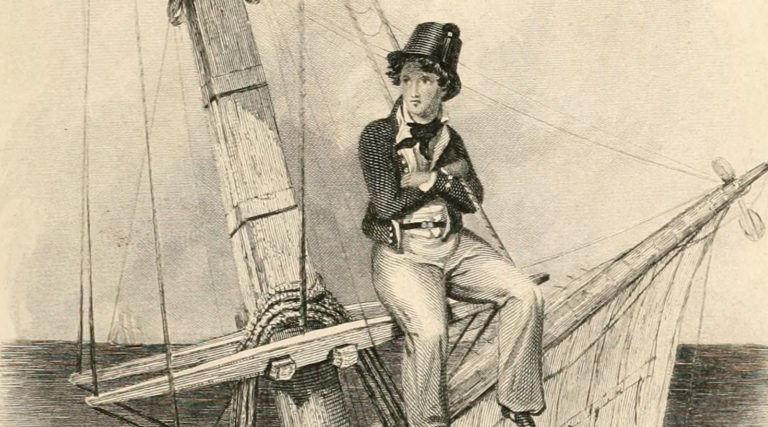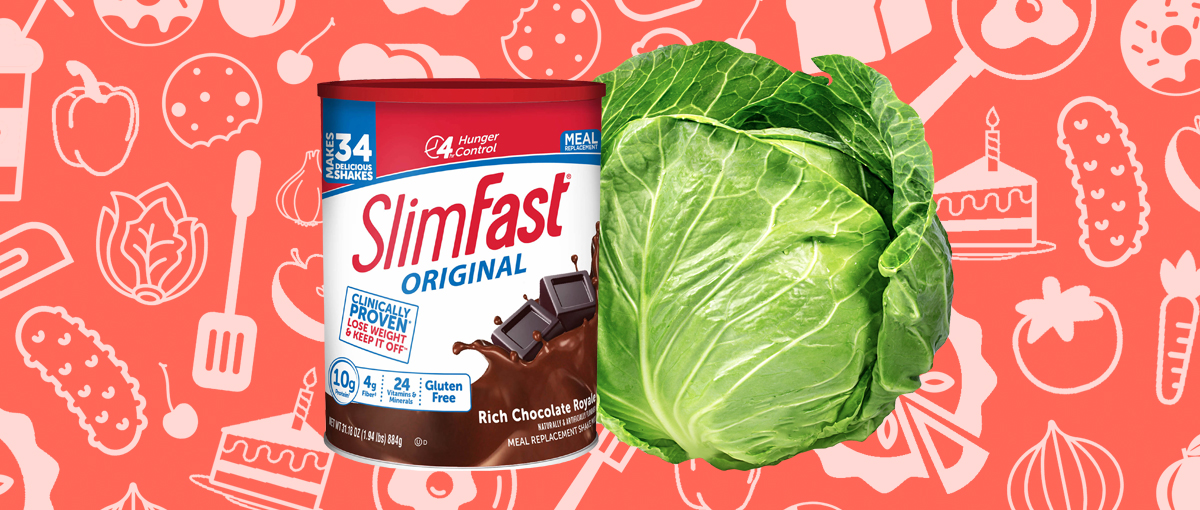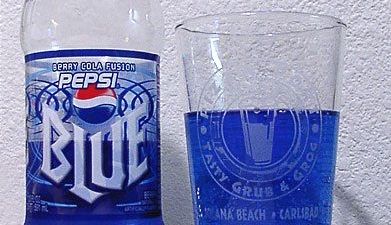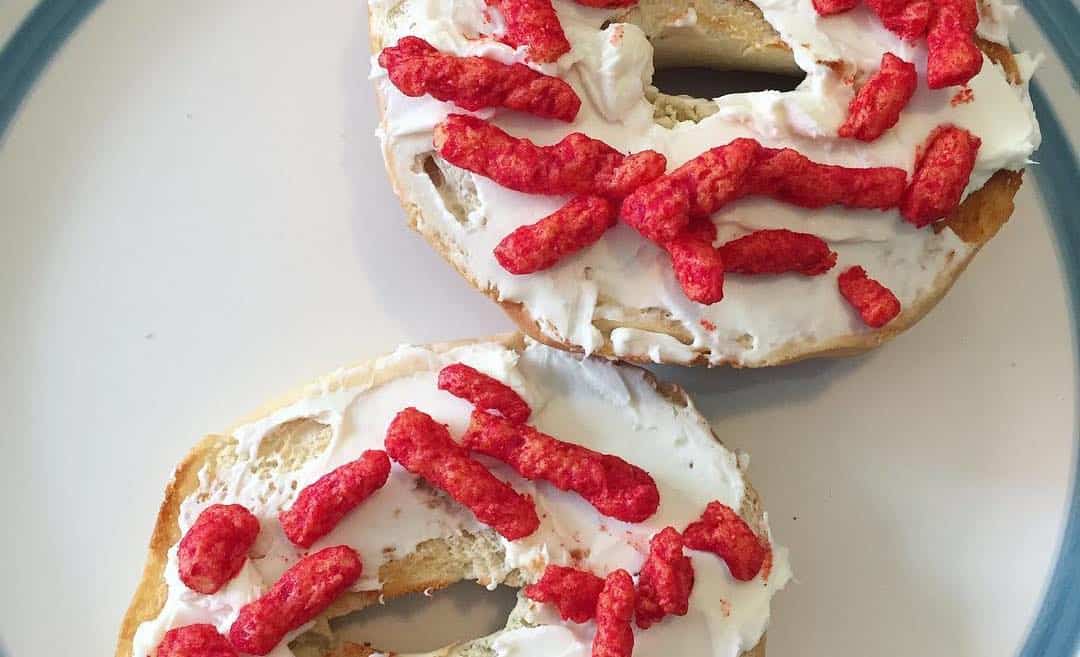In movies and television shows, being a pirate seems oddly enticing. Sure, they lived on a boat that was probably extremely uncomfortable (not to mention completely not sturdy and very unpredictable), and sure, they survived by acting like violent thieves who took things that didn’t belong to them, but they also just seem so, well, cool. It’s kind of interesting to think of a life at sea, where everything is exciting and adventurous, seeing different places and traveling all over the place.
The thing is, though, a pirate’s life is actually the furthest thing from glamorous and enviable. Pirates back in the day (there were a lot of them in the 1600s and 1700s) were really nothing like the pirates we watch on our television screens. They were brutal and scrappy, and their lives were short and kind of miserable.
Still, you can’t help but wonder what their daily lives were actually like. For example, what did they eat and how did they get their food? With these questions in mind, here’s a look at all of the weird things pirates actually ate:
There wasn’t a lot of fresh produce to go around.

Wikimedia Commons / Public Domain
Here is one of the toughest things about being a pirate: they barely had any food, ever.
According to the Smithsonian, pirates would stock their ships with whatever they could before heading out to sea, like beef, vegetables, and maybe fruit. But these things would go bad pretty quickly, thanks to the unpredictable weather and salty air that comes with the open sea. It makes sense to think that they had the most food in the beginning of their journey, and only had what they could ration through the end.
Because of this, they had to become resourceful and creative with their food.

Wikipedia / Public Domain
Pirates weren’t just eating all of their food in the beginning to keep it from going bad and wasting it — that would be ridiculous, and would truly leave them with nothing. Instead, they would often eat foods that were past their prime by just trying as hard as they could to make them taste better. According to sources, they heavily seasoned their food with lots of herbs and spices to keep meals from tasting, well… old.
Basically every part of a cow and a chicken was eaten while on board.

Wikipedia / Public Domain
Getting creative meant that pirates were taking advantage of every bit of food available to them.
Researchers say that when pirates first loaded up their ships, they added a good mix of fresh livestock, namely chickens and cows and sometimes goats. This was really smart because they used the chickens for their eggs and the cows for dairy purposes. Then, as time went on and they got a lot more hungry, they would end up killing the animals and eating, well, basically everything they could from them.
Pirate bone soup was one way that they made the most of their situation.

Wikipedia / Public Domain
Waste not, want not?
Yes, they ate it all.
When we say pirates ate everything from the livestock, we really meant they ate everything — and that extended to the bones.
Pirate Show says that pirates were often dining on “pirate bone soup,” which sounds extremely sinister and cannibalistic, but was probably more innocent than that. It was most likely a simple bone broth made from boiled animal bones that they had killed. So, really, pirates were quite trendy back in the day.
They ate a lot of bread… but that doesn’t mean it was good.

Wikipedia / Public Domain
According to a study that looked at the bodies of 18th-century British sailors, many pirates ate a lot of bread.
It just wasn’t very good.
National Geographic says that the bread was more like a cracker than a nice, soft loaf of bread, and it was described as “fearsomely durable squares of flour-and-water dough,” called hard tack. Doesn’t sound very appetizing! On top of that, this bread often became infested with weevils (a kind of beetle) when out at sea, making them nearly inedible.
Cooks tried to make an…interesting form of porridge.

Bjorn / Wikipedia / Public Domain
The hard tack was not very pleasant to eat, especially as they stayed out at sea and it became infested with bugs.
The Pirate Empire says that, after a while, the cooks on board tried to make the hard tack slightly more exciting and edible by cooking it into sort of a porridge-type deal. They would soak the hard tack, then boil it with rum and brown sugar to make an oatmeal-like consistency. This would sound better if we didn’t know about the bugs!
Beef was a staple.

Wikipedia / Public Domain
A lot of pirates ate a lot of beef. That doesn’t sound too bad, right?
That might be because you’re thinking about a juicy piece of steak or something along those lines.
Nope. National Geographic says the beef was salted or dried so that it looked more like black oak than anything else. It was so hard, actually, that it was sometimes turned into buttons or belt buckles instead of, you know, being eaten.
Smoked and salted meat was a big thing for pirates.

Wikipedia / Public Domain
Again, beef doesn’t last forever, so pirates had to figure out a way to make it last as long as they possibly could.
This usually meant salting and drying the beef, but sometimes they smoked it too.
Pirate Ship said that the word “buccaneer” actually refers to smoked meat. It comes from the French word “boucan,” which describes smoked meat cooked over an open fire. Caribbean natives took advantage of a pirate’s tricky food situation by smoking meat through the practice of “boucan,” then selling it to pirates. They became known as “boucaniers,” or “buccaneers,” which translates to “barbecuers.”
Pirates were very into turtle.

Wikipedia / Public Domain
Think about the adorable sea turtles out there that we have all become dedicated to saving from the plastic in the ocean.
Can you imagine eating one?
Probably not. But for pirates, turtles made a hearty meal. According to the Smithsonian, turtle was a much-needed way to get some protein when out on the sea. This is partly because it was easy for them to find, as turtles were captured while out on the boat. Because they could be found during their journey, turtle meat was often more fresh as well.
They would put together a popular dish called salmagundi.

Wikipedia / Public Domain
It was really hard for pirates to keep fruits and vegetables in their diets.
These things go bad quickly, so they didn’t last very long when they headed out on the ship, and certain temperatures only made that more difficult. So, pirates often had to get creative with the scraps of foods they had left. Salmagundi was a popular pirate dish in the West Indies, and was made of a mix of random vegetables and meat that they had on hand. All of this was thrown into a pot and seasoned.
David Reinhardt, author of Pirates and Piracy, wrote that salmagundi could include:
“[T]urtle meat, fish, pork, chicken, corned beef, ham, duck and pigeon. The meats would be roasted, chopped into pieces and marinated in spied wine, then mixed with cabbage, anchovies, pickled herring, mangoes, hard-boiled eggs, palm hearts, onions, olives, grapes and any other pickled vegetable available. The entire concoction would then be highly seasoned with garlic, salt, pepper, and mustard seed and soaked with oil and vinegar.”
Again, a lot of seasonings to ensure that any not-super-fresh ingredients wouldn’t make them want to gag.
They actually didn’t eat that much seafood.

Wikipedia / Public Domain
One would assume that pirates would make a hearty diet out of the seafood that could be found basically all around them.
After all, they were pretty much living in a ocean full of edible fish.
But remember, pirates weren’t just leisurely sailing around, waiting for a line to get a bite. According to Owlcation, pirates usually didn’t fish, because not only did it take up too much of their time, but it also didn’t yield enough food to even be worth it. With today’s fishing technology, we imagine pirates might live completely different lives.
They often drank beer or rum instead of water.

Wikimedia Commons / Public Domain
You know that stereotype that pirates were always drinking either beer or rum?
As it turns out, it’s true.
National Geographic says that pirates consumed tons of alcohol, mainly because it was very available and did not go bad as quickly as water did on board (more on that in a minute). They particularly loved beer, ale, and rum. Also, it probably helped them pass the time and soothe their nerves when things got rough out on the open waters.
Pirates also created and consumed a lot of grog.

Wikimedia Commons / Public Domain
Again, pirates had to get creative with what they had on board, and that wasn’t just about food.
It was also about what they drank.
Pirate Ship says that the fresh water that they would pack in the beginning of their journey would quickly go bad (the salt water and air and the seawater led to the fresh water getting full of green scum, slime, and algae). To make it more drinkable, pirates would often sweeten it with rum, and the mix of water and alcohol was called “grog.”
They even had their own version of mixed drinks. Some don’t even sound that bad!

Raimonsocial / Wikipedia / Public Domain
Pirates loved their rum, but it appears that they also loved mixing up their alcohol into a sort of random mixed drink as well.
Researchers have said that one was called “bombo” or “bumboo,” and that it was a mix of rum, water, sugar, and nutmeg. Not too bad! Maybe even still drinkable today! The other, though, was called “rumfustian,” and it was a mix of raw eggs, sugar, sherry, gin, and beer. This one definitely doesn’t sound as appealing.
Sometimes, in order to prevent starvation, they had to resort to eating leather.

Wikimedia Commons / Public Domain
Yes, leather.
Eventually, pirates would run out of food completely.
In order to keep themselves from dying of starvation, they did what they had to do, and would end up eating their own leather satchels.
Cindy Vallar says that this happened to Sir Henry Morgan’s crew in 1670.
They cut their satchels up, soaked them, beat them with stones to make them softer, scraped off the hair, then roasted or grilled them. That doesn’t even sound safe.
And, yes, sometimes they even resorted to cannibalism.

Wikipedia / Public Domain
It’s a stereotype that pirates often ate, uh, each other.
And in some cases, this very well may have been true.
When pirates really ran out of food, couldn’t find any more, and knew they wouldn’t for a while, they may have eaten one of their shipmates. According to the Pirate Empire, there are reports from pirates who say their shipmates, or they themselves, ate someone on board as a “custom of the sea.”
Pirate Empire said:
“In times of shipwreck, it was customary for lots to be drawn, and for the loser to be devoured by his more fortunate shipmates.” Yikes.
So, do you think you could stomach any of these meals at sea?
We didn’t think so. We will stick to life on land.








